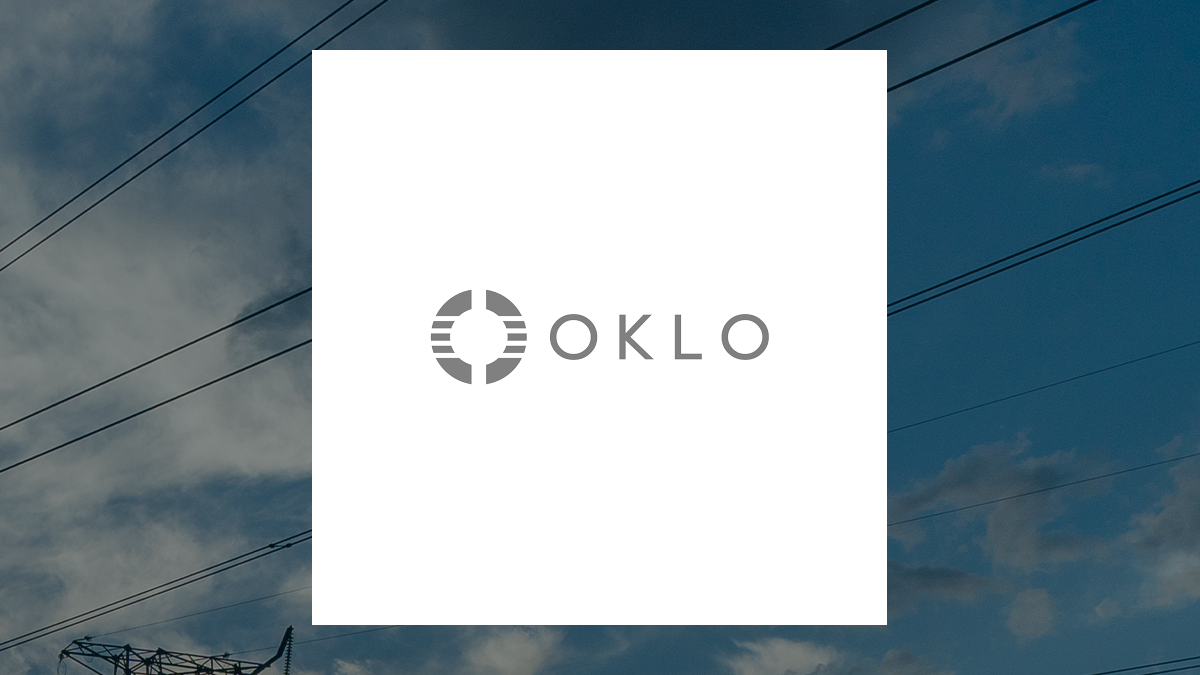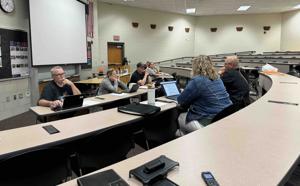Goldman Sachs Warns of Urgent ‘Jobless Growth’ Amid AI Boom

UPDATE: Goldman Sachs has just announced a stark warning for the U.S. economy, predicting an era of “jobless growth” as artificial intelligence (AI) increasingly drives productivity without creating new jobs. Analysts emphasize that the economic landscape is shifting dramatically as AI technologies reshape the workforce.
In a Monday report, Goldman Sachs highlighted that while the U.S. economy is seeing robust GDP growth, job creation is stagnating. The analysts stated, “The modest job growth alongside robust GDP growth seen recently is likely to be normal to some degree in the years ahead,” indicating that AI-driven productivity gains will dominate future economic trends.
The urgency of this warning cannot be overstated. With a staggering loss of 32,000 jobs reported in September by ADP, the job market is showing concerning signs of weakness. Outside the healthcare sector, employment growth has already turned negative, signaling a potential crisis for workers in industries most exposed to AI technologies.
Goldman Sachs analyst Daniel Priestley warns, “AI is a tsunami that will split the economy in two — and sink anyone who doesn’t adapt.” Companies are increasingly focused on utilizing AI to cut labor costs, which may lead to long-term hiring declines. As productivity soars, the risk of eroding job opportunities becomes ever more pressing.
While the surge in productivity could help keep inflation at bay, it raises questions about the future of employment. Analysts noted that AI technologies could “hollow out” middle-income roles, similar to how factory automation displaced many skilled blue-collar jobs in the past. This shift could deepen inequality, rewarding those who can leverage technology while pushing midlevel jobs to the brink.
The report draws parallels to the “jobless recovery” following the 2001 recession. During that period, GDP rebounded quickly due to tech-driven productivity, but total employment lagged for years as companies streamlined their workforces. Analysts highlighted that “companies use recessions to restructure and streamline their workforce,” often leading to permanent job losses.
The implications of AI’s impact on job markets are profound. Employment growth has already turned negative in industries most affected by AI, particularly for younger technology workers. Goldman Sachs warns that transitional friction is likely as the economy adjusts to these technological shifts, with potential spikes in unemployment as workers are displaced.
Looking ahead, the actual test of the AI economy may come during the next downturn. Analysts caution that if AI continues to primarily substitute labor, it could present significant challenges in maintaining full employment. The evolving landscape of work necessitates adaptation and resilience from both workers and the economy as a whole.
Despite these challenges, there is a silver lining: Faster productivity growth could keep inflation in check, providing the Federal Reserve with flexibility in monetary policy. This could mirror the approach taken during the early-2000s recovery, where the central bank adjusted rates even as unemployment rose.
As the U.S. grapples with uncertainties—ranging from the government shutdown to the ongoing fallout from recent tariffs—the latest Goldman Sachs report underscores the urgent need for adaptation in an increasingly AI-driven economy. With hiring plans at their lowest since the Great Recession, the time for action is now.
This urgent update from Goldman Sachs serves as a wake-up call for workers, companies, and policymakers alike. The economic landscape is changing rapidly, and those who fail to adapt may find themselves left behind. Share this critical news to spark discussions about the future of work in America.






